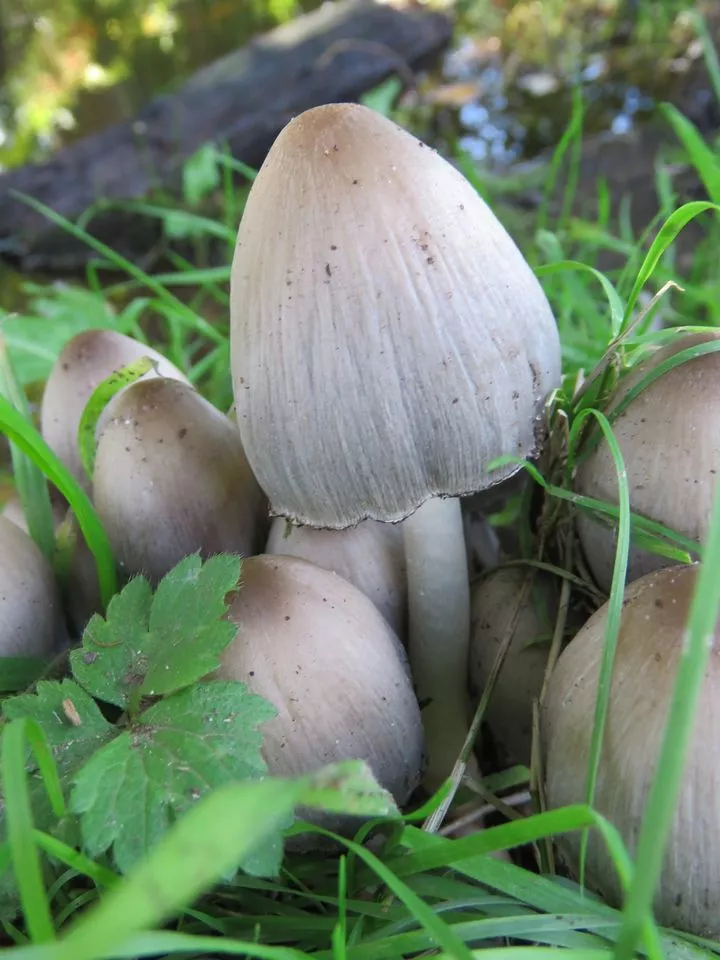Do take away photos and memories, but please leave all the fungi for others to enjoy. The ‘others’ include organisms that depend on the fungi for food or habitat. Ian, the Area Manager, reports that the Oyster fungi beetle is severely threatened, primarily due to its food source (oyster fungi) being over collected. That will affect whatever feeds on the oyster fungi beetle higher up the food chain, and so on.
Everything is interlinked.
Leaving them alone also avoids the dilemma of which are edible and which poisonous. There are plenty of grow-your-own kits available now, using coffee grounds, soaked straw, fresh logs and even telephone directories (before they become endangered themselves) as the base for the spawn.
Click here to learn more about the incredible fungi you can find in Kent.







